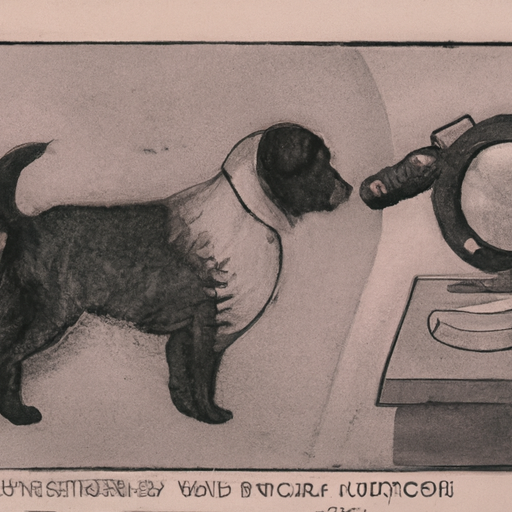Introduction
You are likely here because you’re a caring dog owner who’s been rattled by the term “mangoworms”. These parasites are not for the faint-hearted. However, as a conscientious caregiver, it’s essential to know about them. Let’s delve deep into understanding mangoworms in dogs, their origin, symptoms, prevention, and treatment.
Understanding Mangoworms
Mangoworms, scientifically known as Cordylobia Anthropophaga, are a type of parasite native to certain parts of Africa. These parasites are not choosy about their victims; they can infest not just dogs but other animals and even humans.
The life cycle of mangoworms is quite grim. Female mangoworms lay their eggs in the soil. These eggs, once hatched, can cling to your dog’s skin, burrow down, and begin to grow. Once mature, they leave their host and return to the soil to pupate and begin the cycle anew.
| Stage | Description |
|---|---|
| Egg | The female mangoworm lays eggs in the soil. |
| Larval | The larvae burrow into the skin of the host, such as your dog, and begin to grow. |
| Pupal | Once mature, the larvae leave the host and burrow into the ground to pupate. |
| Adult | The cycle begins anew with the emergence of the adult mangoworm from the pupal stage. |
Recognizing the Symptoms
As an attentive caregiver, you should know the symptoms of a mangoworm infestation in your dog:
- Skin irritation and inflammation
- Noticeable lumps under the skin
- Your dog constantly scratching or licking a particular area
Prevention and Treatment
Prevention is always better than cure. Here are some steps you can take to prevent your dog from getting infested with mangoworms:
- Avoid travel to areas where these parasites are prevalent, mainly certain regions in Africa.
- Make sure your dog doesn’t roam in sandy or dusty areas where mangoworms are likely to lay eggs.
For treating an existing infestation, it’s essential to consult a veterinarian. They might use a method called ‘extrusion’, which involves applying pressure around the lump to extract the mangoworm. Post extraction, the area is cleaned and treated with antibiotics to prevent secondary infections.
FAQ
Q: Can humans get mangoworms?
A: Yes, mangoworms can infest humans as well.
Q: Can mangoworms be fatal to my dog?
A: While not typically fatal, severe infestations can cause significant discomfort and health issues for your dog.
Q: Are mangoworms common everywhere in the world?
A: No, they are predominantly found in certain parts of Africa.
Q: Can I remove mangoworms from my dog at home?
A: It is strongly recommended to seek veterinary assistance for the safe and effective removal of mangoworms.
In conclusion, mangoworms, while a disturbing topic, are a reality that dog owners should be aware of. By recognizing the symptoms and understanding treatment methods, you can ensure the well-being of your beloved pet.



